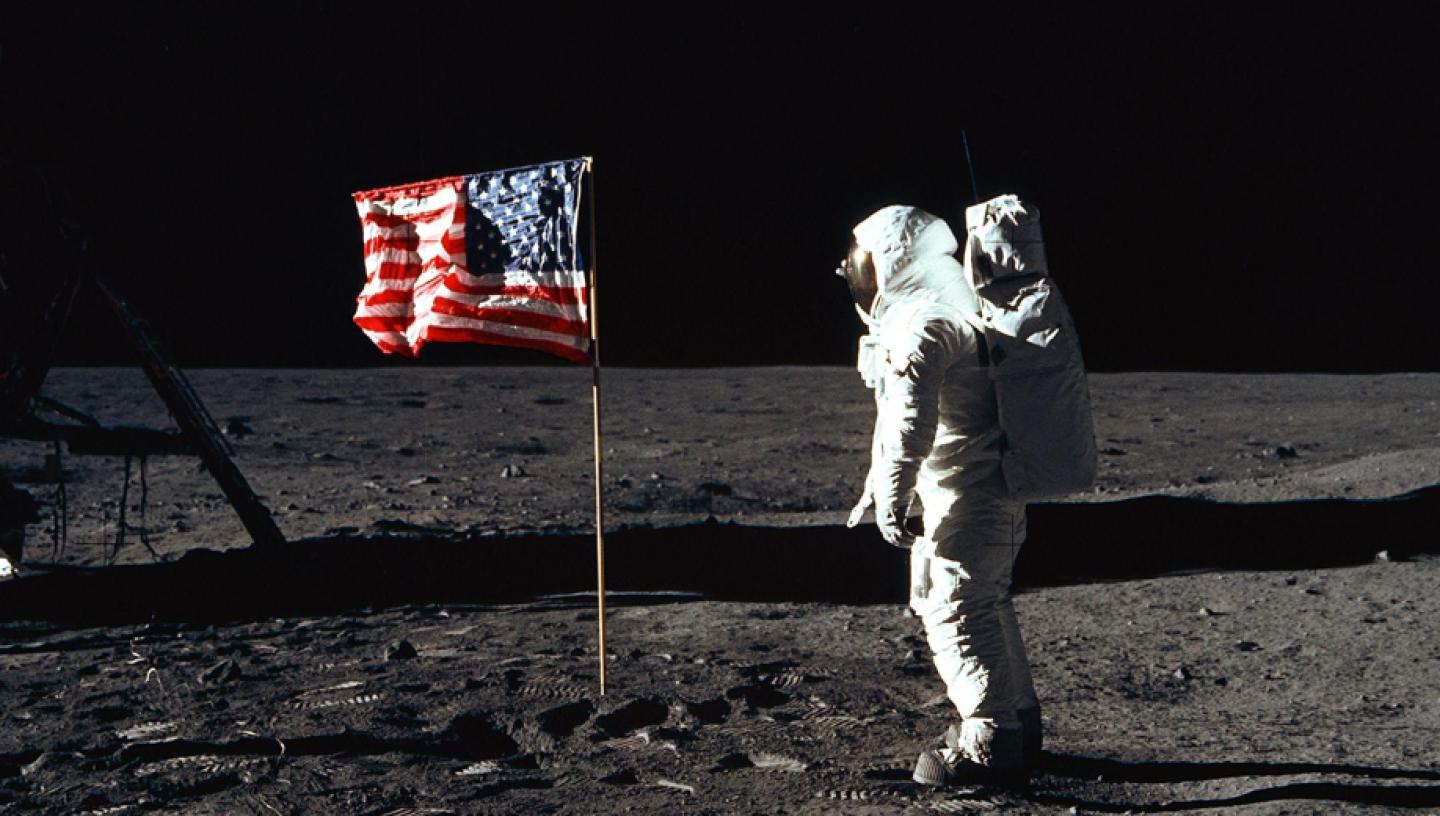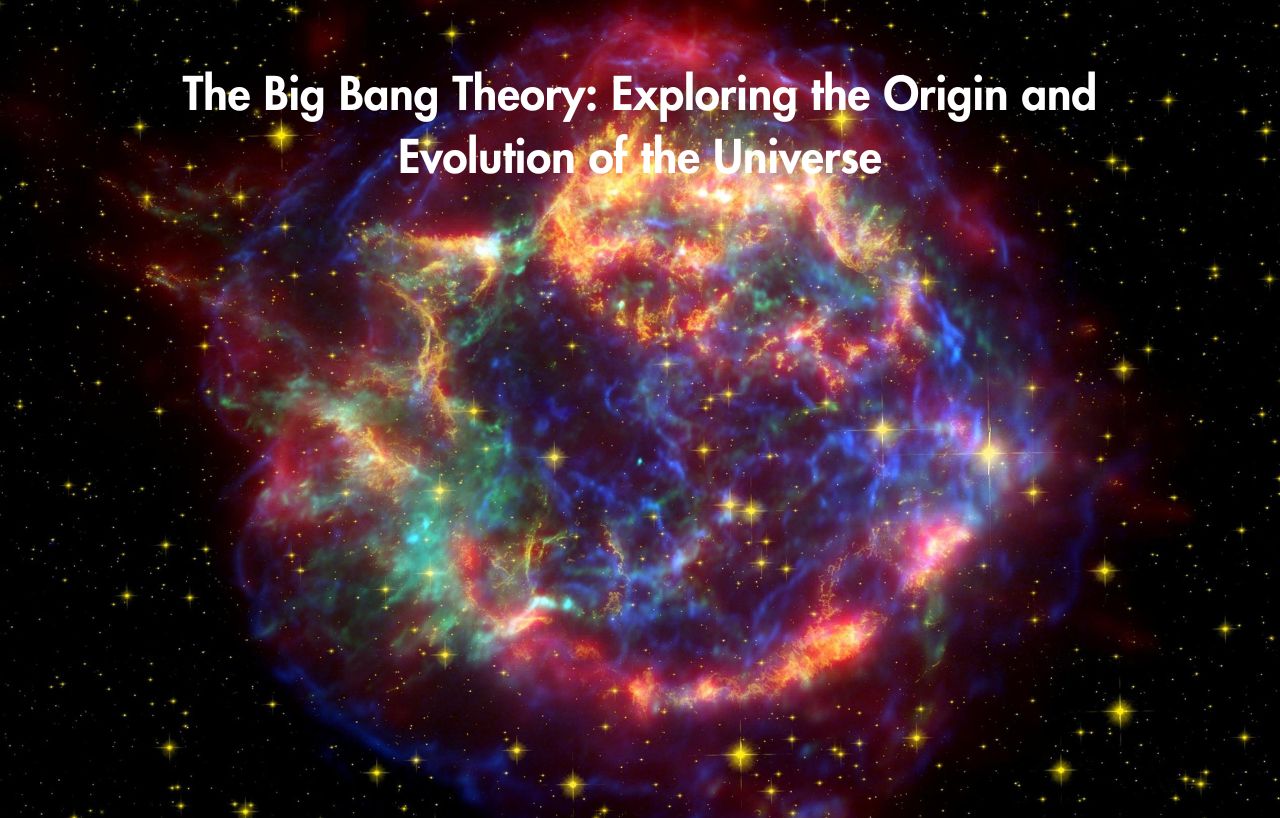The James Webb Space Telescope (JWST) is an ambitious and highly anticipated space observatory that is set to be one of NASA’s flagship missions. It is designed to be the most powerful and advanced space telescope ever constructed. Here’s some information about the James Webb Space Telescope:
1. Purpose and Objectives:
The primary goal of the James Webb Space Telescope is to study the universe’s formation and evolution, focusing on areas such as the first galaxies, stars, and planets, as well as the origins of life. It aims to answer fundamental questions about the universe and provide insights into its early stages.
2. Advanced Technology:
The JWST is equipped with a large segmented primary mirror, approximately 6.5 meters (21 feet) in diameter, which will be unfolded in space. This mirror, composed of 18 hexagonal segments, will allow for higher resolution and sensitivity compared to previous space telescopes. The telescope operates mainly in the infrared part of the electromagnetic spectrum.
3. Launch and Orbit:
The JWST is planned to be launched on an Ariane 5 rocket from French Guiana. It will be placed in an orbit around the Sun, known as the second Lagrange point (L2), which is located about 1.5 million kilometers (930,000 miles) from Earth. At this location, the telescope will maintain a stable position relative to both the Earth and the Sun, providing an ideal vantage point for observations.
4. Revolutionary Instruments:
The telescope is equipped with four main scientific instruments: the Near Infrared Camera (NIRCam), the Near Infrared Spectrograph (NIRSpec), the Mid-Infrared Instrument (MIRI), and the Fine Guidance Sensor/Near InfraRed Imager and Slitless Spectrograph (FGS/NIRISS). These instruments enable a wide range of observations, including imaging, spectroscopy, and measuring the physical properties of celestial objects.
5. Collaboration and Timeline:
The James Webb Space Telescope is a collaborative project involving NASA, the European Space Agency (ESA), and the Canadian Space Agency (CSA). The development and construction of the telescope have been ongoing for several years. The launch date has been revised multiple times, and as of my knowledge cutoff in September 2021, the expected launch is currently set for October 31, 2021.
The James Webb Space Telescope is poised to revolutionize our understanding of the universe, enabling scientists to explore cosmic mysteries and uncover unprecedented insights into the cosmos. Its advanced capabilities and cutting-edge technology are eagerly anticipated by the scientific community and space enthusiasts worldwide.
Here are some books and websites that can provide more information about the James Webb Space Telescope:
Books:
- “The James Webb Space Telescope: Science Guide” by Amber Straughn and Alberto Conti: This comprehensive guide explores the scientific objectives and capabilities of the JWST, providing insights into the telescope’s mission and its potential discoveries.
- “The JWST User Handbook” by Thomas Greene: A detailed resource that covers the technical aspects of the JWST, including the telescope’s instruments, observing modes, data analysis, and the proposal process for astronomers.
- “The Cosmic Revolutionary’s Handbook: Or How to Beat the Big Bang” by Luke Barnes and Geraint Lewis: Although not solely focused on the JWST, this book discusses the significance of upcoming observatories, including the JWST, in revolutionizing our understanding of the cosmos.
Websites:
- NASA’s James Webb Space Telescope website (www.jwst.nasa.gov): The official website dedicated to the JWST provides in-depth information about the telescope’s science goals, technology, mission status, launch updates, and scientific discoveries.
- European Space Agency’s James Webb Space Telescope website (www.esa.int/Our_Activities/Space_Science/James_Webb_Space_Telescope): ESA’s website offers insights into the European contributions to the JWST, including its instruments, collaborations, and scientific objectives.
- SpaceTelescope.org (hubblesite.org): Although primarily focused on the Hubble Space Telescope, this website often provides updates and articles related to the JWST, offering educational resources, news, and images.
- NASA’s Goddard Space Flight Center website (www.nasa.gov/goddard): The Goddard Space Flight Center, responsible for the management of the JWST mission, provides news, features, and mission updates related to the telescope.
These resources should help you gain a deeper understanding of the James Webb Space Telescope, its scientific objectives, technical aspects, and the exciting discoveries it is expected to make.



